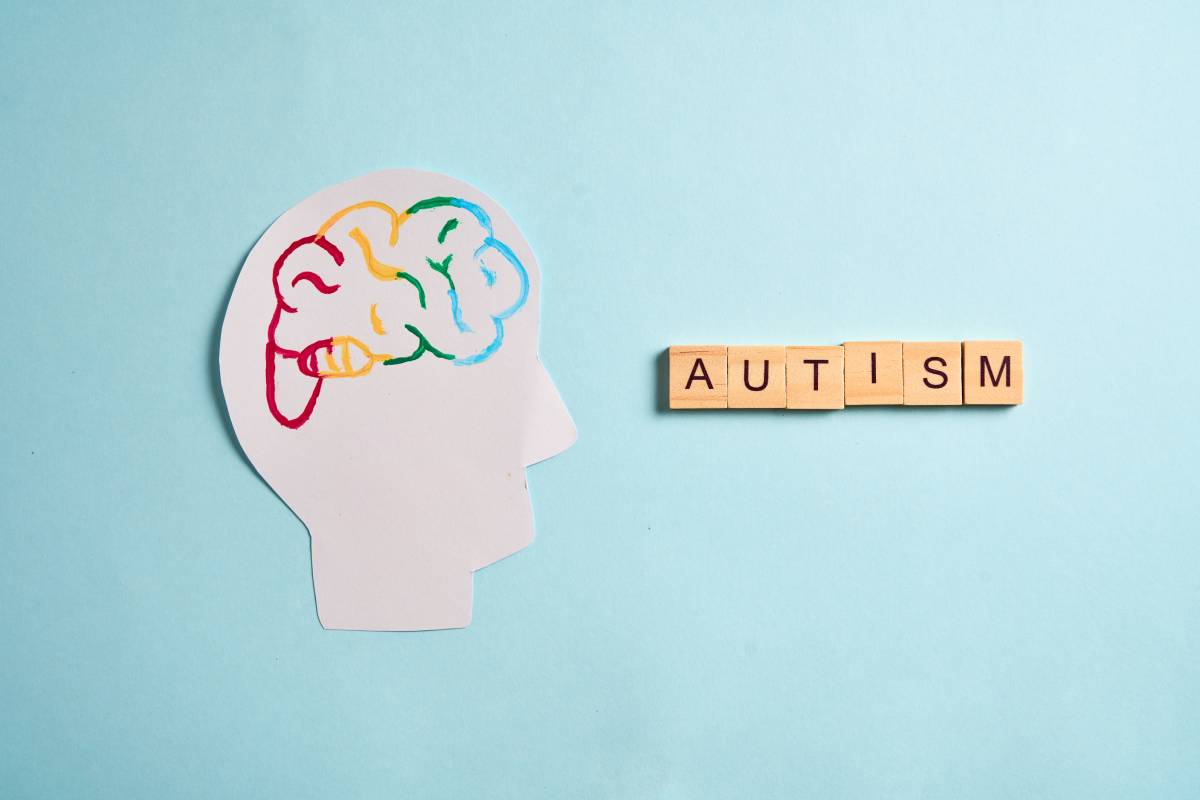When it comes to education, there’s no such thing as a one-size-fits-all approach. This is especially true for autistic students, whose brains are structurally and functionally different from their neurotypical peers.
By embracing these differences, teachers can create more inclusive classrooms that support every student’s path to success.
What Makes the Autistic Brain Unique?
Neuroscience has made great strides in helping us understand how autistic brains work. A groundbreaking study from Columbia University (Tang et al., 2014) found that autistic children have an excess of synapses—the connections between brain cells—due to reduced synaptic pruning during development.
In simpler terms, their brains retain more connections than usual, affecting how they process and retain information.
Another layer to this is how information travels through the brain. Research from Embrace Autism points to unique neural connectivity in autistic individuals. Using detailed brain maps, scientists found that no two autistic brains are wired the same.
This means that while some autistic students may thrive in visual learning, others might prefer hands-on exploration or pattern-based tasks. This variation calls for a highly personalised approach to teaching.
What Does This Mean for Learning?
The way autistic brains process information can lead to both challenges and strengths in the classroom. For instance:
- Sensory overload: The extra synapses can make it hard for autistic students to filter out background noise or distractions, which may result in sensory overwhelm.
- Memory and attention: Because their brains process information differently, autistic students might need more time to absorb and recall new content.
- Focused interests: On the plus side, many autistic students show intense focus and a deep interest in specific topics, which can be harnessed to enhance engagement.
Interestingly, researchers also found that while autistic children often show hyper-connectivity (more neural connections), autistic teens and adults tend to exhibit hypo-connectivity (fewer connections). This shift across puberty highlights the importance of ongoing support tailored to a student’s developmental stage.
How Can Teachers Respond?
Inclusive teaching isn’t just about awareness—it’s about action. Here are a few strategies to better support autistic learners:
- Plan for clarity: Use structured lessons with clear goals, step-by-step instructions, and visual cues to reduce cognitive load.
- Reinforce with repetition: Revisiting key ideas over time helps with long-term memory, especially when paired with different learning modalities (e.g., visual, tactile).
- Adapt assessments: Traditional tests may not reflect an autistic student’s understanding. Offering alternative formats—like visual projects or oral presentations—can help showcase their strengths.
- Embrace their interests: Where possible, align tasks with a student’s passions. A student who loves patterns might excel in coding or data analysis, while one who’s fascinated by history may engage more with timelines and visual storytelling.
Adapt and See the Difference.
Understanding the autistic brain isn’t about pathologising differences but unlocking potential. Educators can bridge the gap between neuroscience and classroom practice with flexible teaching strategies and a willingness to adapt. And in doing so, they don’t just support autistic students—they make learning better for everyone.
What’s one small change you could make this week to support neurodiverse learners in your classroom?



